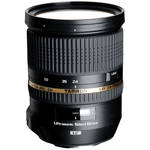Submitted by David Cardinal on Mon, 10/16/2017 - 09:19
While not as new or celebrated as its bigger sibling, the , the seemed like a worthy candidate to test with my new . After using it off and on for a few weeks, I’m impressed with its combination of features, image quality, and value. It delivers excellent results for a , compared to $2,000 for the .
Submitted by David Cardinal on Wed, 10/11/2017 - 16:37
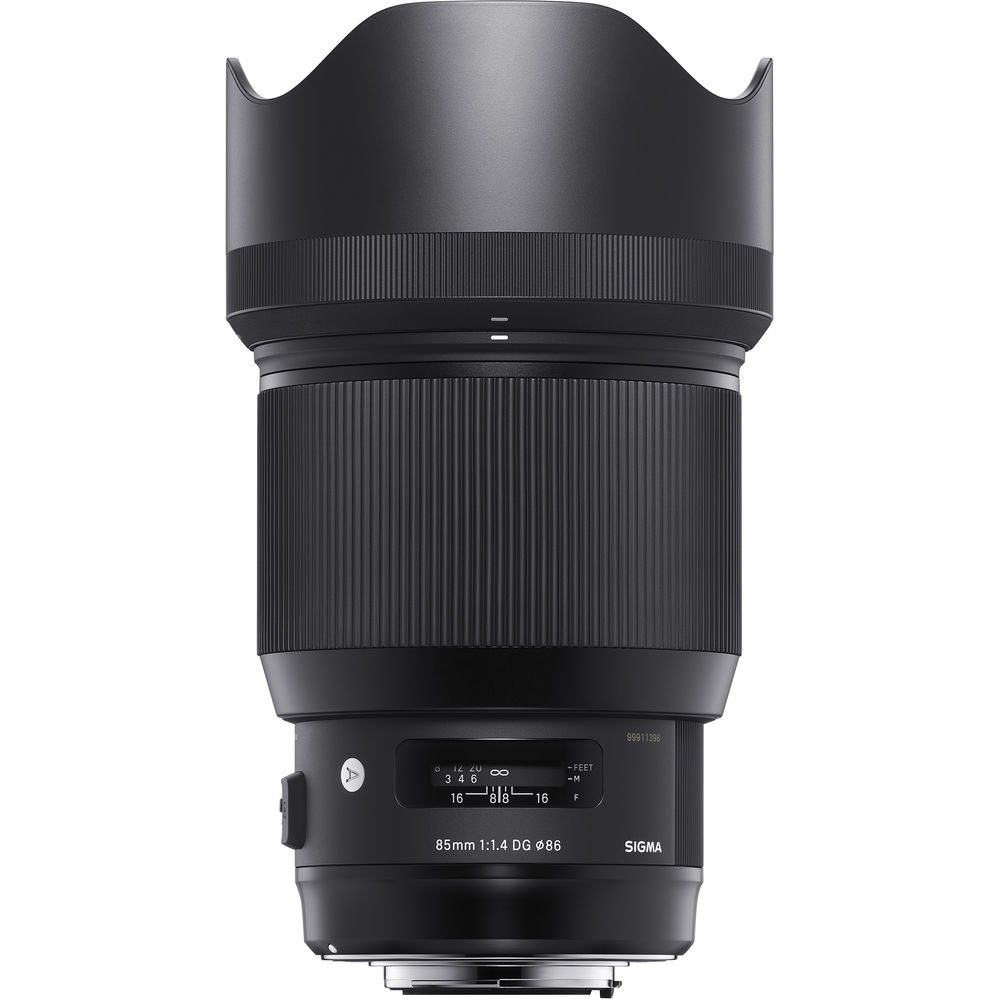 Regular readers know that as someone who does a lot of wildlife and sports photography, the long lenses in my camera bag usually don’t leave much room for high-quality (read Large) prime lenses. So I took advantage of a recent hiatus between trips to get review units of two of the sharpest primes to test out with my new . First up is the highly-rated .
Regular readers know that as someone who does a lot of wildlife and sports photography, the long lenses in my camera bag usually don’t leave much room for high-quality (read Large) prime lenses. So I took advantage of a recent hiatus between trips to get review units of two of the sharpest primes to test out with my new . First up is the highly-rated .
Submitted by David Cardinal on Tue, 08/01/2017 - 08:59
Nikon and Canon’s long glass may be getting slightly lighter over the years, but those flagship lenses are also getting incredibly expensive. Fortunately there is a crop of third party value-priced lenses that have arrived to help out consumers. We’ve reviewed several of them in the past, like the , , and , but until now hadn’t gotten the chance to take the lighter-weight of Sigmas two superzooms, the into the field. Our annual Alaska bear & puffin photo safari was the perfect opportunity. Two weeks of mid-range use for the bears coupled with longer-range use with the Puffins gave me a chance to put the lens through its paces.
Submitted by David Cardinal on Tue, 11/10/2015 - 07:57
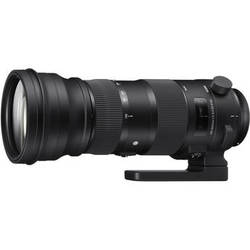
 This has been an amazing year for long-lens shooters. For those who don’t want to break the bank and their backs with the Nikon or Canon 200-400mm models, there are now four exciting new options (three of which are available to both Nikon and Canon shooters):
This has been an amazing year for long-lens shooters. For those who don’t want to break the bank and their backs with the Nikon or Canon 200-400mm models, there are now four exciting new options (three of which are available to both Nikon and Canon shooters):
- (which ) (about $1,070)
- (about $2,000)
- (about $1,100)
- (about $1,400)
Before we dig into some of the details, having shot with these lenses, they are all pretty amazing for what they provide at this relatively low price point. They are all head-and-shoulders above the older generation super-telephoto zooms from these companies. However, they are also bigger and heavier than the classic 120-400mm and 150-500mm designs they largely supercede. Which lens is right for you will depend on your specific budget and needs, but I can easily recommend all of them as quality products that provide good value.
Submitted by David Cardinal on Wed, 03/04/2015 - 11:04
One by one Sony and other mirrorless camera manufacturers have broken down the barriers to dumping a heavy DSLR and going lighter. Faster Autofocus and amazingly-good Electronic Viewfinders have been key in this effort. Just about the only remaining stumbling block for those used to the large array of lens options provided by Nikon and Canon is the limited selection of lenses for mirrorless models. Sony has quite a variety of lenses, but they come in several different mounts, and many of the best require an adapter for use on their newest mirrorless models like the excellent new . Sony is working hard to address the issue, and today introduced four new lenses for its full-frame mirrorless models:
Submitted by David Cardinal on Tue, 11/11/2014 - 08:05
Canon shooters who don’t want to lug a huge and expensive telephoto zoom along with them, and haven’t wanted to go third party have had only one option for the past 16 years (believe it or not, that’s how long it has been). Finally Canon has introduced a totally revamped model, the . The new lens has all the right specs:
Submitted by David Cardinal on Mon, 10/20/2014 - 14:32
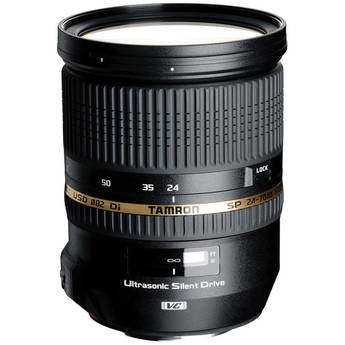 Like most of you, I’m always a bit skeptical of third party lenses until I get to give them a good workout. The need for a fast, but not insanely large, zoom for my recent gorilla trekking experience led me to the (newish) . The specs – lighter and smaller than the Nikon version, with Vibration Compensation included – were appealing. By themselves, that wouldn’t have convinced me to try it. Coupled with its off the charts performance when tested by DxOMark with the Nikon D800e (as close as test as I could find to the I’d be using it with), I was sold on the idea of using it as my go-to mid-range zoom in Africa. I wasn’t disappointed…
Like most of you, I’m always a bit skeptical of third party lenses until I get to give them a good workout. The need for a fast, but not insanely large, zoom for my recent gorilla trekking experience led me to the (newish) . The specs – lighter and smaller than the Nikon version, with Vibration Compensation included – were appealing. By themselves, that wouldn’t have convinced me to try it. Coupled with its off the charts performance when tested by DxOMark with the Nikon D800e (as close as test as I could find to the I’d be using it with), I was sold on the idea of using it as my go-to mid-range zoom in Africa. I wasn’t disappointed…
Submitted by David Cardinal on Wed, 08/13/2014 - 09:53
Every July I return to Alaska to photograph the amazing Coastal Brown (aka “Grizzly”) Bears. Over the course of 15 years I’ve used over a dozen different cameras, and at least that many lenses to capture images. Typically at least one of my lenses would be a massive telephoto (400mm f/2.8 or 200-400 f/4, or 120-300 f/2.8). This year, as part of my ongoing effort to identify lighter, less expensive alternatives to large and extremely expensive lenses, I decided to shoot for the entire two safaris with “just” a attached to my Nikon D610. My hope was to see whether this new, sub-$3K lens could do a good job of subbing for larger, more expensive alteratives….
Submitted by David Cardinal on Tue, 07/08/2014 - 13:08
I’m often asked what lenses I recommend for various photo subjects – typically right before a reader or client is about to head off on a trip. What often goes without saying is what lenses I don’t travel with. In many cases, these were my “go-to” lenses for many years, but a combination of industry trends has helped me lighten up my traveling kit substantially. The changes aren’t for everyone, but they are worth considering for anyone who has begun to dread traveling with all their gear. Before I plunge in, please remember that I’m not saying these lenses aren’t still some of my favorites, or that you shouldn’t rely on them anywhere and everywhere, just that it is always worth thinking about what you are traveling with and why…
Submitted by David Cardinal on Sun, 04/27/2014 - 15:45
by David Cardinal
 There is no question that Sigma has really upped its game with its new family of Global Vision lenses. I love the GV-version of the , and continue to feel it is the world’s . This month I’ve had the pleasure of shooting with its new on both a and a . The short version is that the lens lives up to the Global Vision brand, but read on to see whether it might be the right mid-range zoom for you:
There is no question that Sigma has really upped its game with its new family of Global Vision lenses. I love the GV-version of the , and continue to feel it is the world’s . This month I’ve had the pleasure of shooting with its new on both a and a . The short version is that the lens lives up to the Global Vision brand, but read on to see whether it might be the right mid-range zoom for you:
Unless you make a lot of money with your mid-range zoom lens, or are willing to spend what it takes to get the best, $1900 for the 2 pound is a hard price to justify. For that price, you get an ultra-sharp, ultra-fast, lens, but you don’t even get VR. I’ve enjoyed using Sigma’s version, the . It is much less expensive, but not as solidly built and also isn’t stabilized. Until now there hasn’t been a value-priced version of a 24-70 f/2.8 that could measure up to the Nikon. That’s why I was excited to work with the new , which not only featured a fast focus motor but unique among mid-range pro zooms, also has image stabilization….

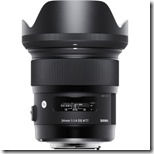
 Regular readers know that as someone who does a lot of wildlife and sports photography, the long lenses in my camera bag usually don’t leave much room for high-quality (read Large) prime lenses. So I took advantage of a recent hiatus between trips to get review units of two of the sharpest primes to test out with my new
Regular readers know that as someone who does a lot of wildlife and sports photography, the long lenses in my camera bag usually don’t leave much room for high-quality (read Large) prime lenses. So I took advantage of a recent hiatus between trips to get review units of two of the sharpest primes to test out with my new 
![1126138[1] 1126138[1]](http://www.cardinalphoto.com/files/David%20Cardinal/11261381_thumb.jpg)

 Like most of you, I’m always a bit skeptical of third party lenses until I get to give them a good workout. The need for a fast, but not insanely large, zoom for my recent gorilla trekking experience led me to the (newish)
Like most of you, I’m always a bit skeptical of third party lenses until I get to give them a good workout. The need for a fast, but not insanely large, zoom for my recent gorilla trekking experience led me to the (newish) 
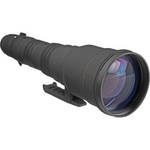
 There is no question that Sigma has really upped its game with its new family of Global Vision lenses. I love the GV-version of the
There is no question that Sigma has really upped its game with its new family of Global Vision lenses. I love the GV-version of the 